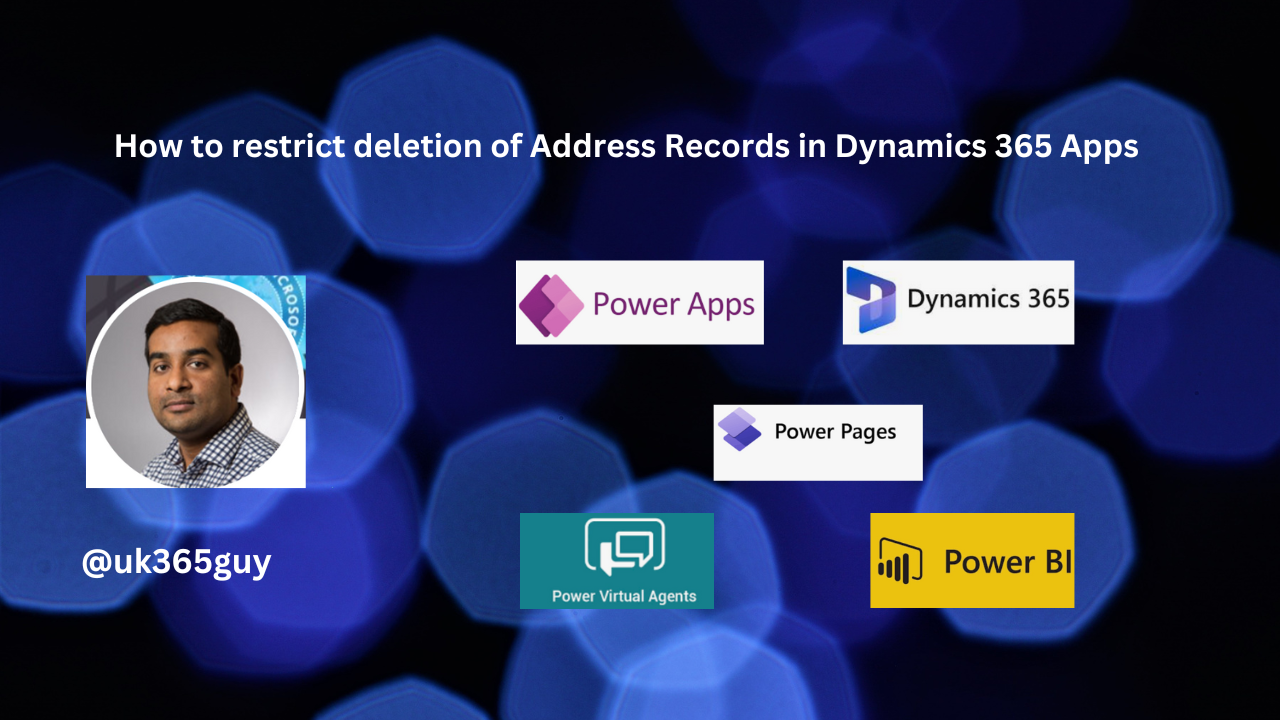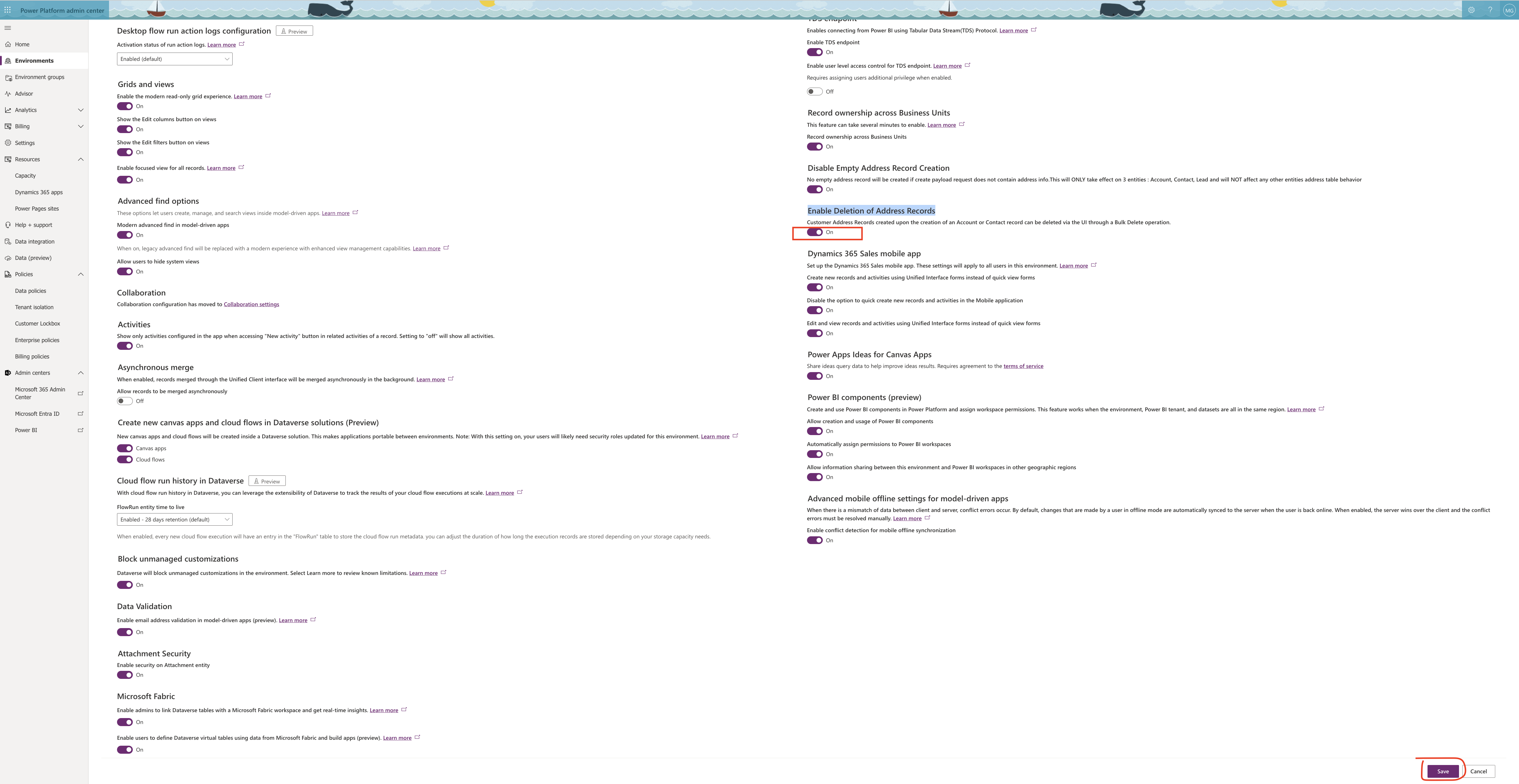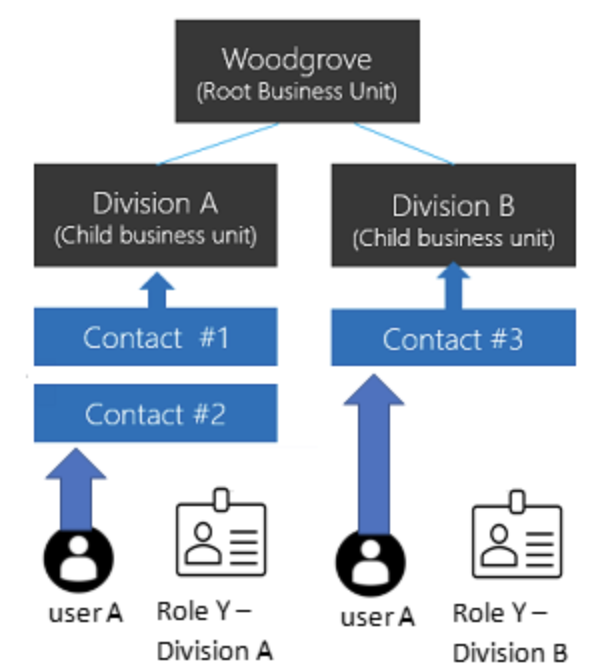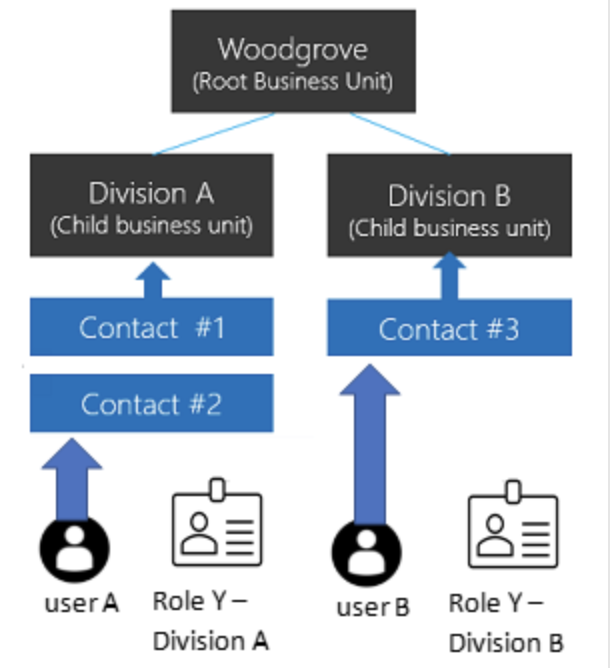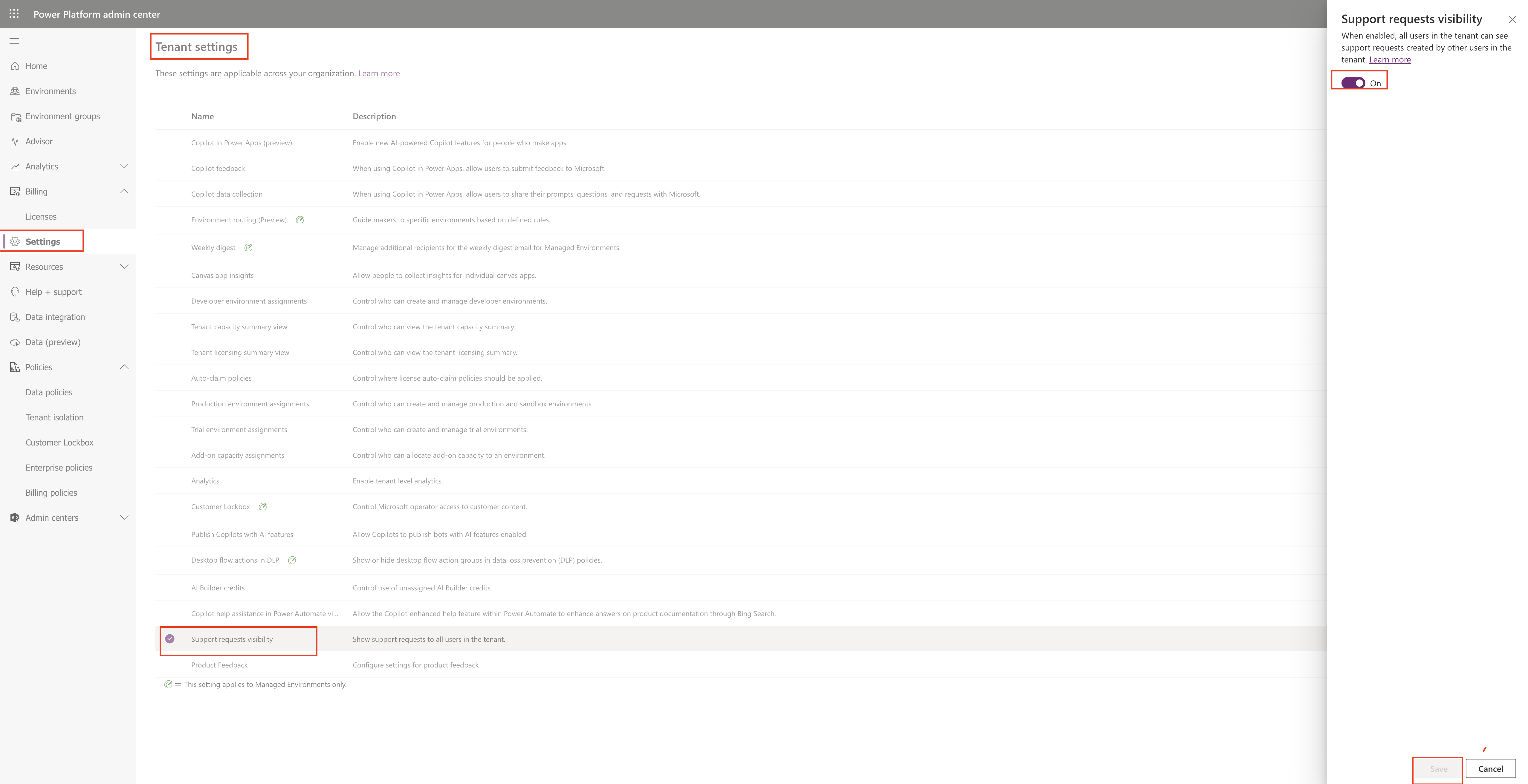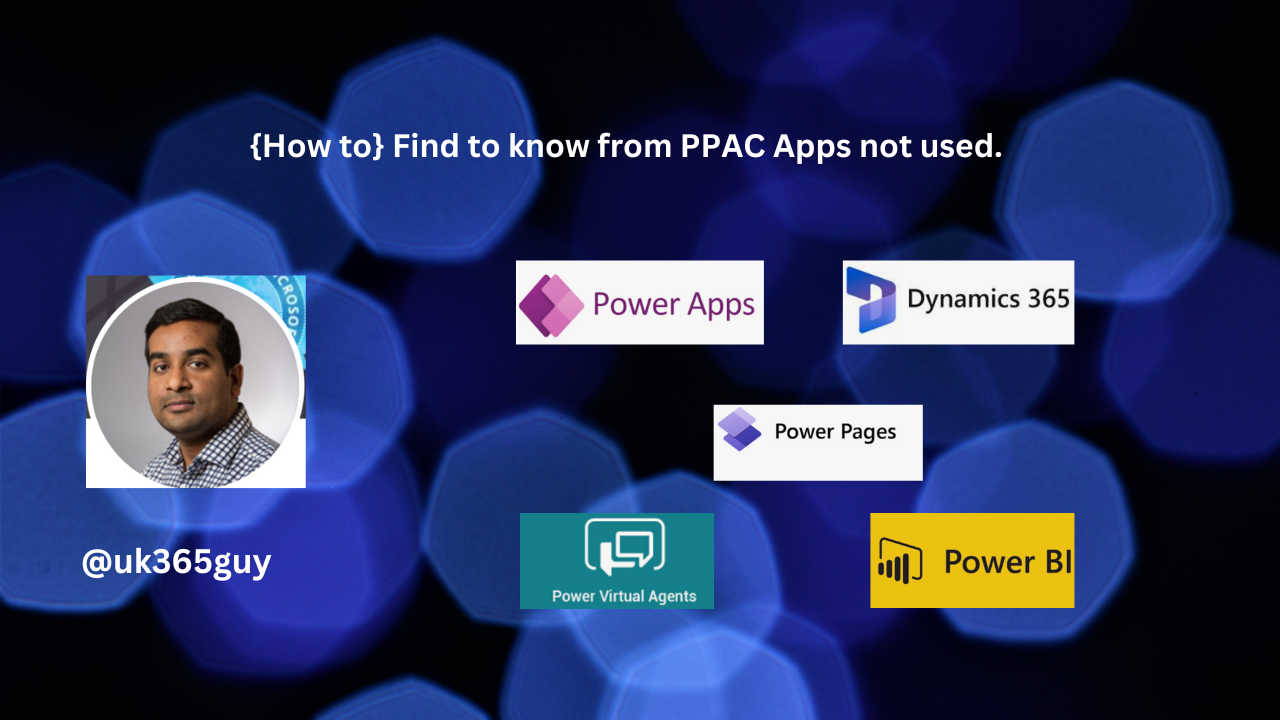Hello Everyone,
Today I am going to share some points related to the Anywhere365 Integration with Dynamics 365 Customer Service and Microsoft Teams.
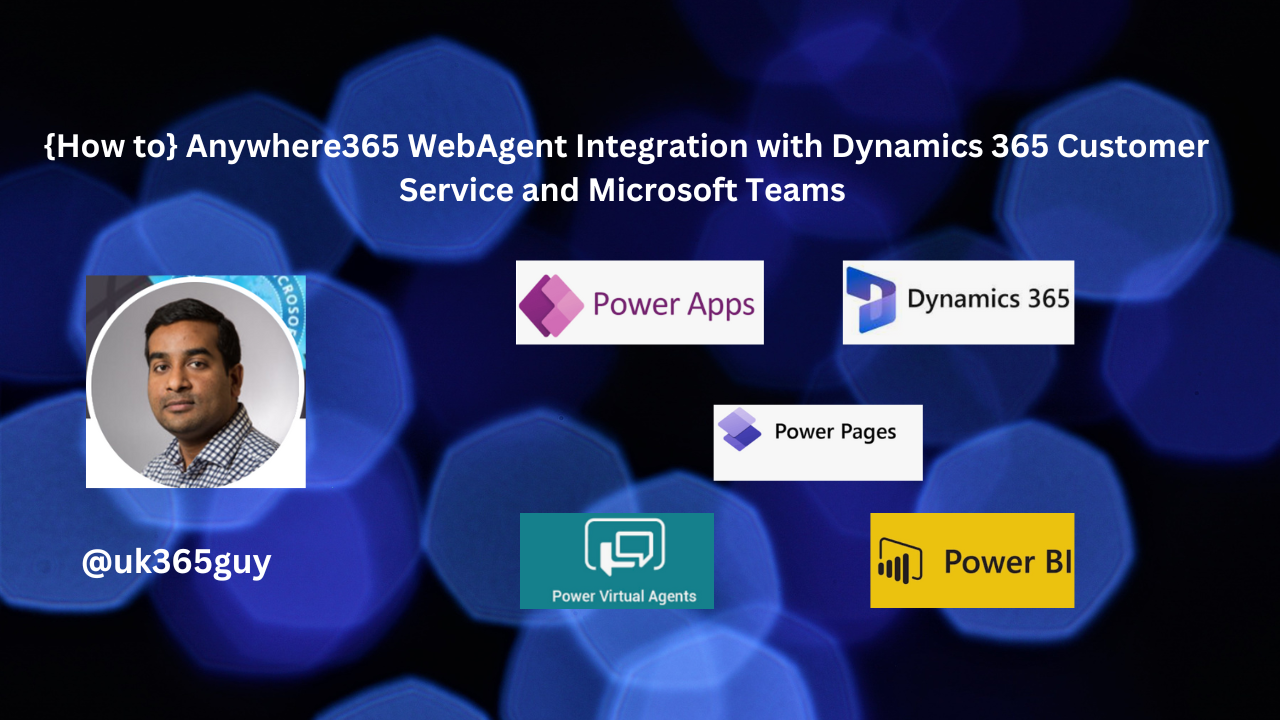
Let’s get’s started.
Anywhere365 WebAgent:

Is a powerful tool for contact center agents and knowledge workers.
1. What is Anywhere365 WebAgent?
Anywhere365 WebAgent is a modern agent workplace designed to enhance collaboration, communication capabilities and real time insights. It provides a unified view of customer interactions, making it easier for agents to handle queries and deliver exceptional service.
Key feature include:
Native Integration: WebAgent is native for Microsoft Skype for Business, Teams and WebRTC.
Cloud Based Extension: Extend WebAgent to remote office or work at home contact center agents and acknowledge workers.
Integration Options: WebAgent can be used standalone or integrated with popular platforms such as Dynamics 365, Salesforce, ServiceNow, SAP C4C or Bullhorn.
Multi Channel Support: It seamlessly handles interactions across various channels ensuring consistent service quality.
Real Time Insights: Agents again visibility into ongoing conversations enabling better decision-making and personalized responses.
2. Why is WebAgent Important:
Efficiently managing customer interactions is critical for contact centers, WebAgent empowers agents by:
Streamlining workflows
Providing context rich information
Enabling collaboration with Collegues.
Enhancing overall customer experience.
Anywhere365 is a third party product suitable to make integrations with Dynamics 365 Customer Service + Microsoft Teams.
Before we start Integration, you must check below roles for the Dynamics 365 Customer Service + Microsoft Teams Administrator:
1. Anywhere365 License assigned to the user who are going to configure the environment
2. Microsoft 365 Global Administrator role to the user who are going to configure the environment
3. Dynamics 365 Customer Service System Administrator role
Note: With the Microsoft 365 Global Administrator role also you can configure both the integrations for the required environment and user.
So purpose of Anywhere365 WebAgent Integration with Dynamics 365 here
Anywhere365 Integration with Microsoft Teams is here
Remember, with Anywhere365 WebAgent, your agents can handle customer inquiries with ease, whether they’re working remotely or in a traditional office settings.
That’s it for today.
I hope this helps.
Malla Reddy Gurram(@UK365GUY)
#365blogpostsin365days
